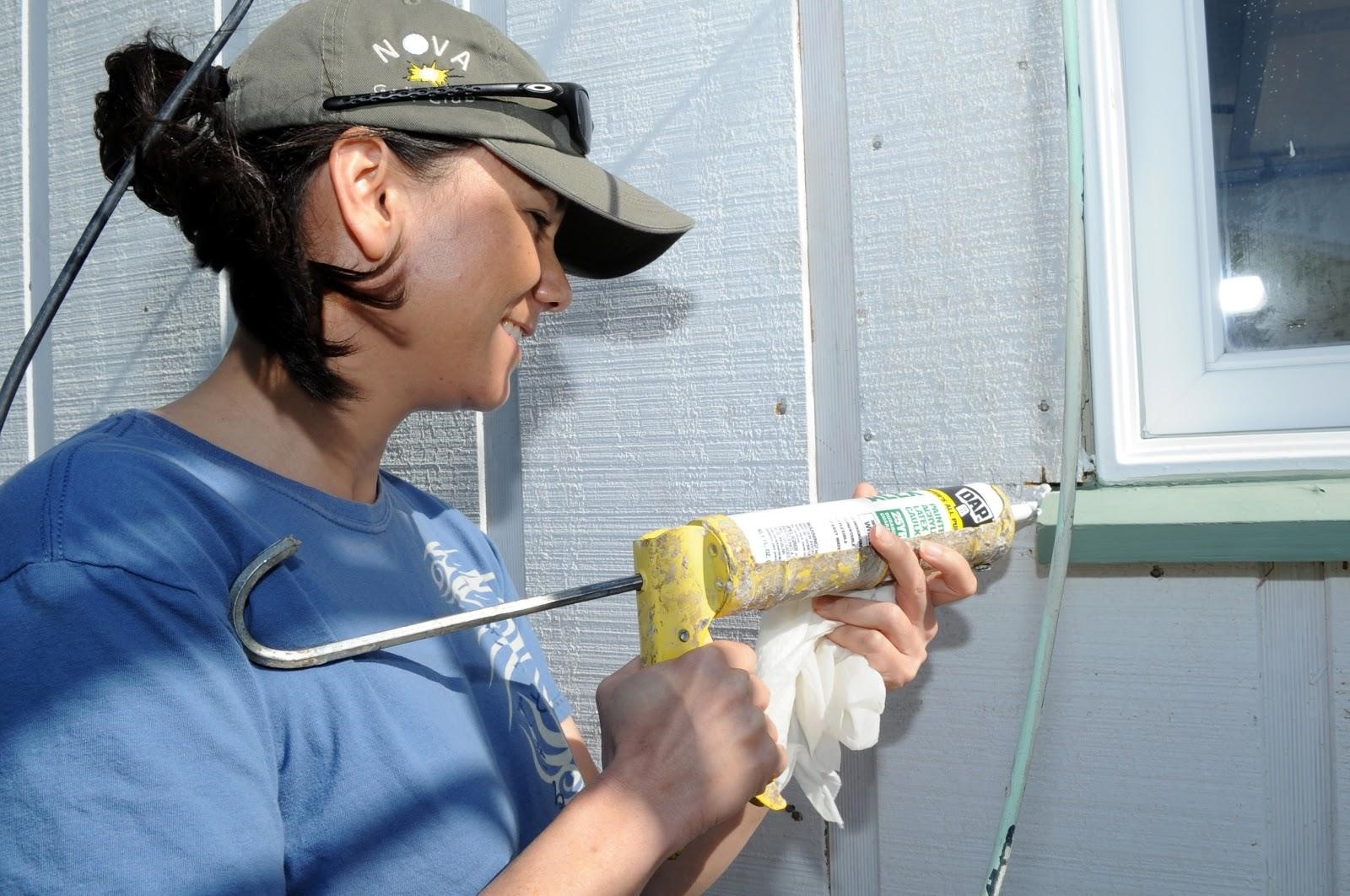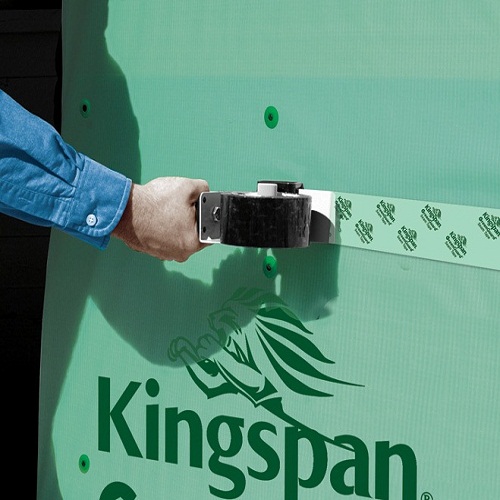Thermal bridging is the movement of heat across an object that is more conductive than the materials around it. A thermal bridge, also called a cold bridge, heat bridge, or thermal bypass,
Energy bills have been climbing higher for homeowners over the last several years. This has led to an even higher demand for efficient insulating materials that reduce energy transfer.
Even good insulation, however, may not be enough to prevent thermal transfer between the exterior and interior, particularly if thermal bridging occurs.
The best way to avoid thermal bridging is to provide continuous insulation for the home’s exterior. By choosing the right materials and efficient strategies, designing for continuous insulation can be done successfully and with confidence.
The Benefits of Rigid Insulation Panels
One method for creating continuous insulation and stopping thermal transfer is to install rigid insulation panels over the exterior. These panels are easy to install and can be used beneath most types of exterior cladding. When installed properly, they prevent the most common sources of thermal bridging, regardless of the type of frame used or the siding installed over it.
Rigid insulation panels, like Kingspan’s line of GreenGuard XPS products, can be used to help stop thermal bridging by covering the exterior, including the frames. When insulation is only used between studs, this can result in thermal bridging over the uninsulated areas and energy loss for the building.
Address Moisture Build Up with Insulated Sheathing
Insulated sheathing addresses thermal bridging by covering the entire exterior, including the framework and studs.
Often materials used as a thermal barrier will allow condensation to form within the walls of the home. This happens because of rising humidity levels or differences in temperature and humidity between the exterior and interior. If your continuous insulation seals in moisture and heat, this can lead to problems with mold, mildew and wood rot.
Insulated sheathing, like Kingspan’s GreenGuard extruded polystyrene, is made of a synthetic material designed to withstand moisture build up. Its resistance to air and moisture helps to protect your building’s performance, reducing energy loss caused by thermal bridging.
Take Protection One Step Further With Seam Tape
Regardless of whether you use insulating panels, sheathing, or another method to provide continuous insulation around the home or building, thermal bridging may still occur at breaks in the insulation. This can happen at any junction between two panels, for example, where there is a small gap at the place they meet.
Seam tape prevents air and moisture transfer at these points, which in turn helps to keep the continuous insulation intact and prevents thermal bridging.
Make Your Roof a Priority
Uninsulated or under-insulated roofs are a large source of heat and energy loss for buildings.
Installing insulation board below the roofing material can help prevent thermal bridging in roof design. Besides preventing the loss of energy, this extra layer of insulation can help:
- eliminate a superheated attic area
- prevent ice dams
- ensure the longevity of the roofing material itself
Insulation boards like GreenGuard XPS can be installed in re-roofing projects or in a new build, so the benefits can be gained at any time.
Addressing Windows and Doors
Any break in the insulation in a home’s exterior creates an opportunity for a thermal bridge. One of the biggest culprits are a home’s windows and doors. According to Energy.gov, nearly 30% of a home’s heating energy is lost through the windows alone.
To completely eliminate any type of thermal bridging, special care needs to be taken with the home’s windows and doors.

- caulk all seams around openings in the home to prevent air transfer.
- use insulating glass or foam-core doors.
- insulating curtains or blinds can also be used to help further reduce the effects of energy loss.
Stop Thermal Bridging with Continuous Insulation
Thermal bridging can be a difficult issue, particularly when attempting to keep energy costs down. Using the right type of continuous insulation to create a tight building envelope over the entirety of the home or building can help to prevent this type of energy loss from occurring.
Homes that are better insulated through continuous insulation are not only more efficient, but more comfortable, increasing the home’s value. Avoid thermal bridging using these methods to start building higher-performing, energy-efficient homes.
Source: kingspan










